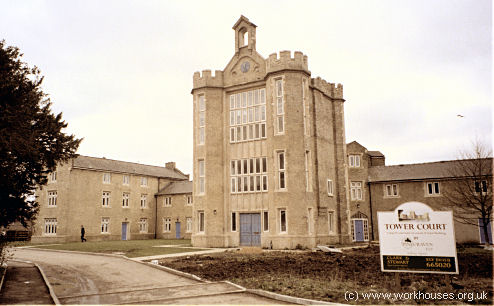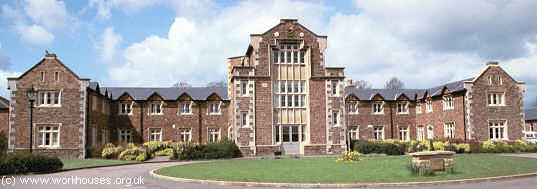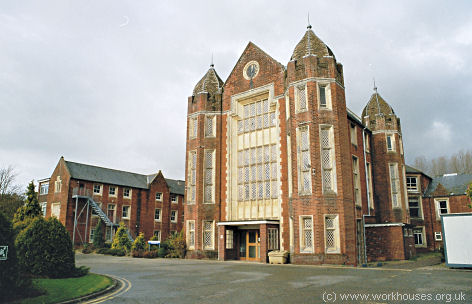William John Donthorn (1799-1859)
William John Donthorn was born at Swaffham in Norfolk in 1799. Between 1817 and 1820 he trained at Jeffry Wyatt's architectural practice in London. His early career included a series of commissions near his birthplace which established both local patronage and country house design as themes that were to remain important throughout his professional life. His preferred style - a "rationalist, linear style of neo-classicism" was summed up by O'Donnell (1978) as architecture with "great hardness and decision in the edges".
Between 1836 and 1850, Donthorn designed around a dozen workhouses including: Downham (1836), Ely (1836), Freebridge Lynn (1836), Oakham (1836), Swaffham (1836), Thrapston (1836), Uppingham (1836), Wisbech (1837), Sleaford (1837), Erpingham (1848), and Aylsham (1848). The Wayland (1836) union workhouse has also been attributed to Donthorn. Some of these designs were commissioned by Boards of Guardians whose membership included former private clients of Donthorn, such as Sir William B Folkes of Hillington, Chairman of the Freebridge Lynn union, and CB Plestow of Watlington and member of the Downham union.

Ely union workhouse, 2000.
© Peter Higginbotham.

Oakham union workhouse, 2000.
© Peter Higginbotham.

Aylsham union workhouse, 2000.
© Peter Higginbotham.
Bibliography
- Dickens, AM (1976) The Architect and the Workhouse, Architectural review, CLX, No. 958, 345-52.
- Morrison, Kathryn The Workhouse, English Heritage, 1999.
- O'Donnell, Roderick (1978), W.J. Donthorn (1799-1859): Architecture with 'Great Hardness and Decision in the Edges' in Architectural History, 21, 83-92, 120-127.
Unless otherwise indicated, this page () is copyright Peter Higginbotham. Contents may not be reproduced without permission.



